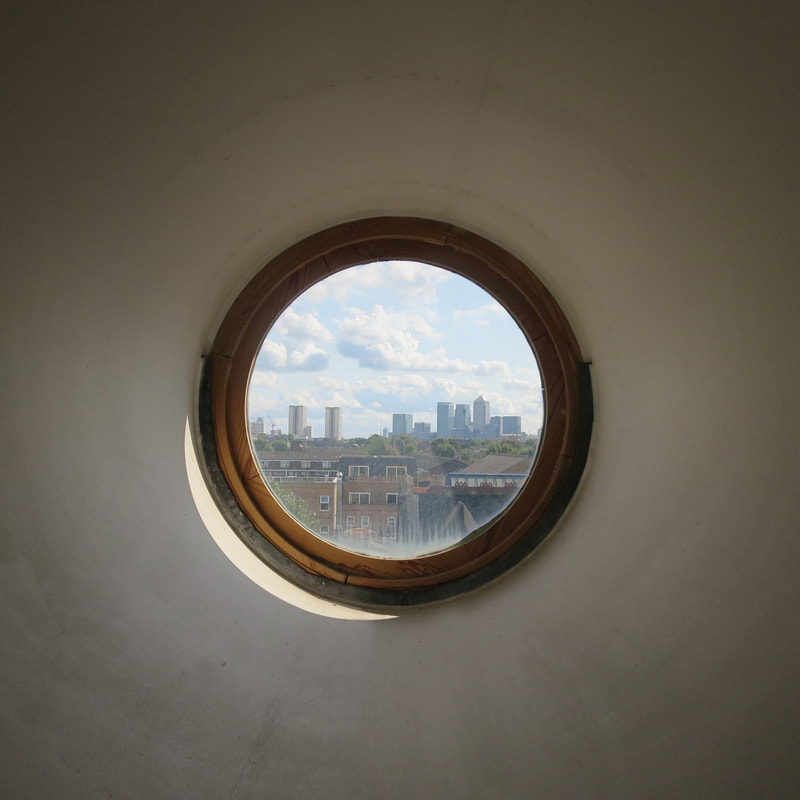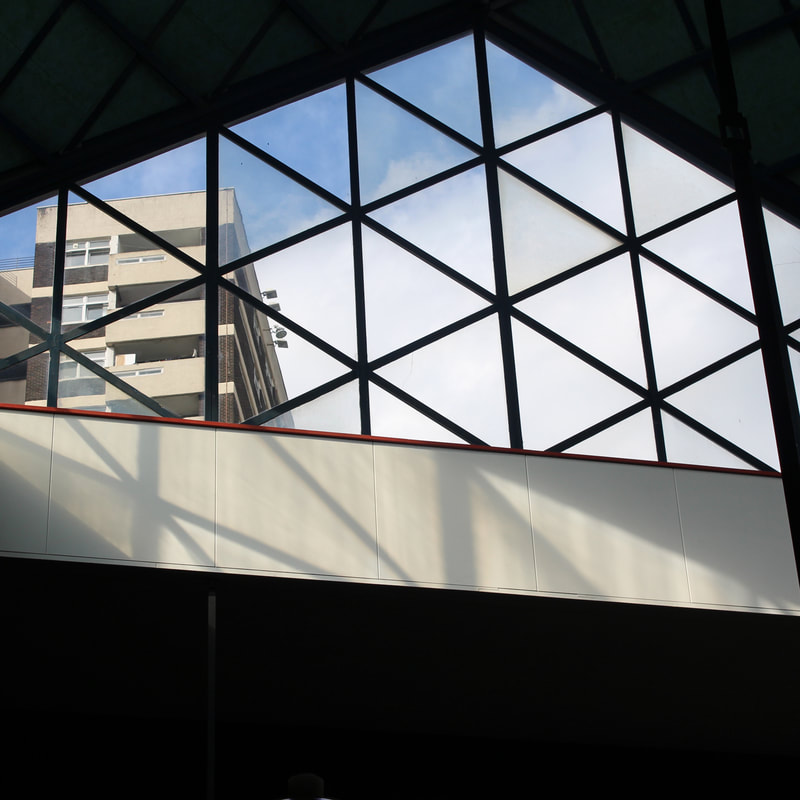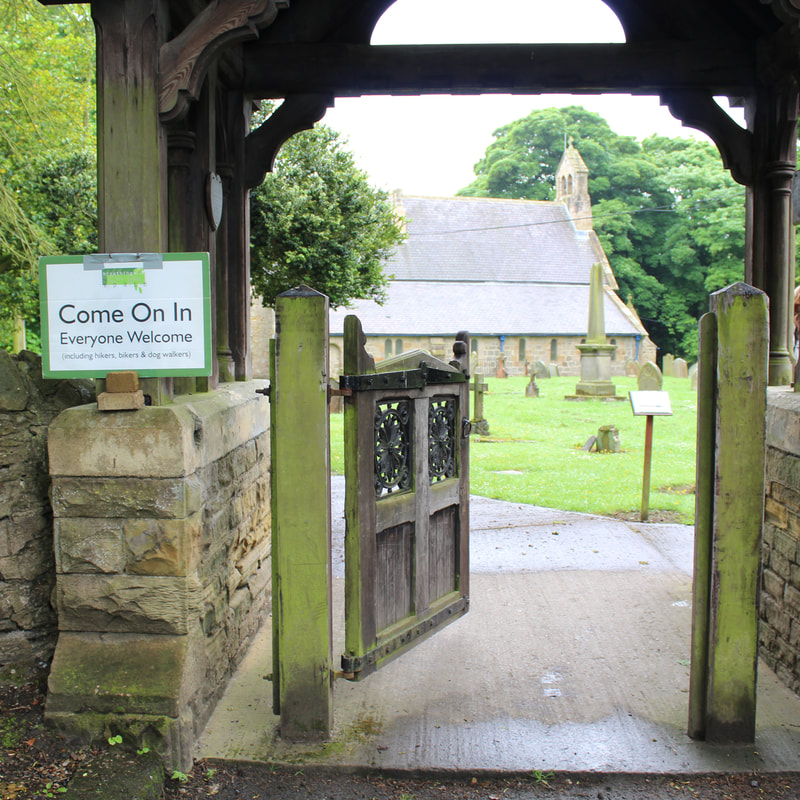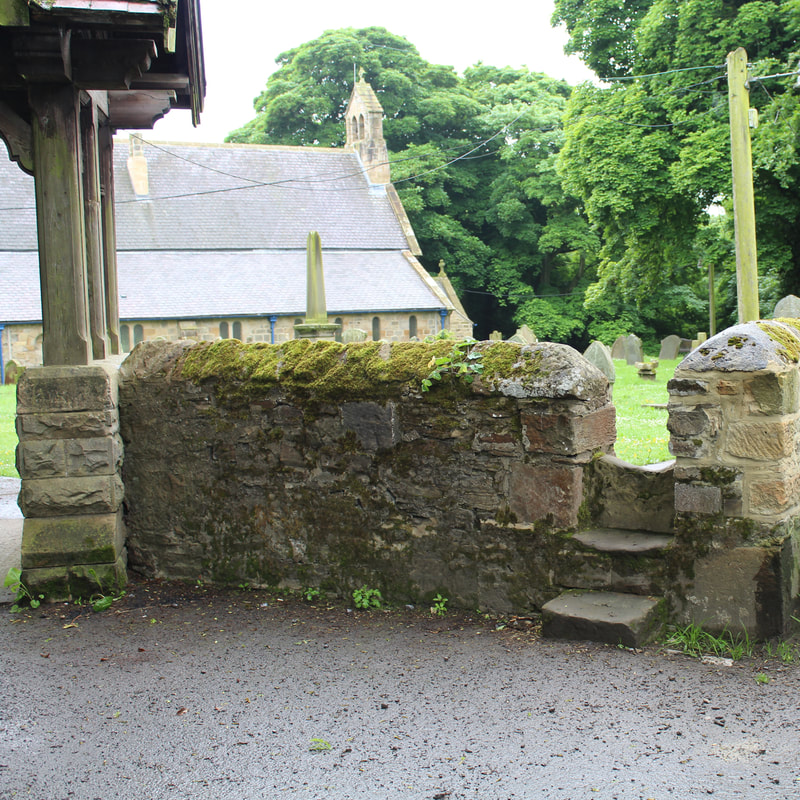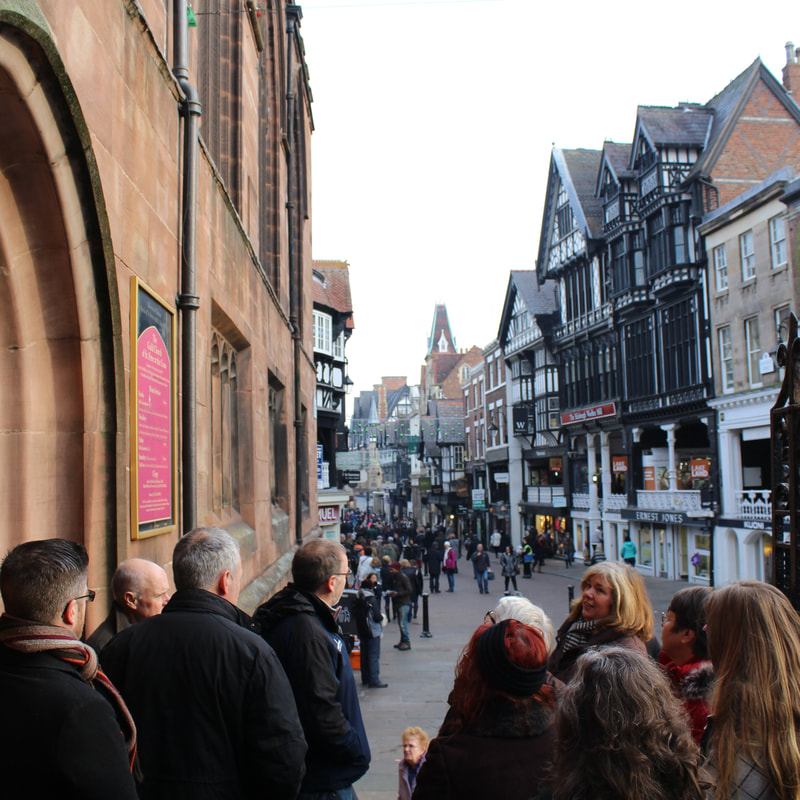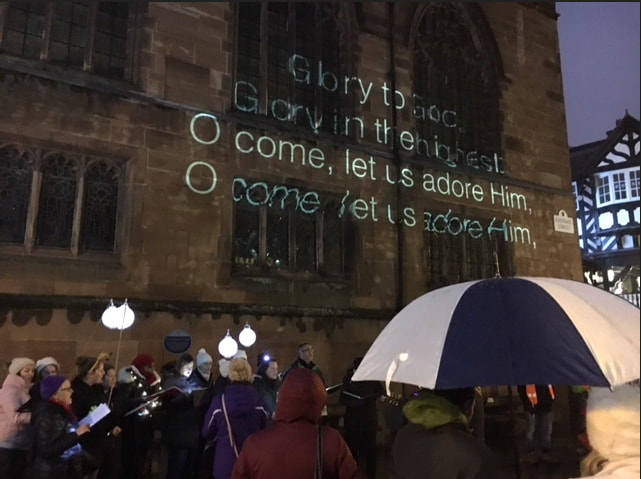|
|
Every building has connections with the physical surroundings in which it sits, with local history and the social, cultural and economic life around it.
A building’s context can help you understand what it has to offer the people who use it, and how the building can serve local people’s needs and aspirations. |
|
|
|
Examples |
|
|
|
|
|
|
|
|
Take a look at your building |
|
|
Looking at what’s there
|
Looking to the future
|
